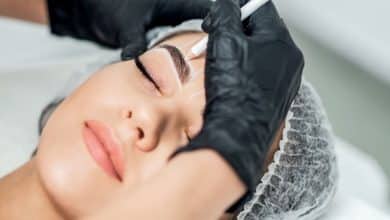Mustache Transplant

Mustache transplantation is the process of planting grafts taken from the donor area, where hair follicles are taken, to hairless or sparse areas in the mustache area. Thanks to this process, the hair density in the mustache area is increased, resulting in a fuller and more aesthetic appearance.
Mustache transplantation is usually performed by plastic surgery specialists or hair transplant specialists. During the procedure, first of all, grafts are taken from the donor area. In this process, hair follicles in the nape area are generally used. Then, the process is completed by transplanting one by one to the sparse or hairless areas in the mustache area.
Mustache transplantation is usually performed under local anesthesia and takes about 2-3 hours. After the procedure, slight swelling and redness may be seen in the mustache area, but this usually goes away on its own within a few days. The full recovery process may vary between 6-12 months.
İçindekiler
Why Doesn’t Mustache Form or Shed?
Mustaches are hairs that start in adolescence in men and are controlled by hormones. Mustache formation occurs with the secretion of a hormone called androgen and the effect of this hormone in the follicle cells. However, mustache formation may not occur in the same way in every man or mustaches may fall out.
Some of the factors that can cause mustaches to not form or fall are:
Genetic factors: Genetic factors play an important role in the development of mustache. In some men, there is less or no mustache formation due to familial predisposition.
Hormonal disorders: When the balance of androgens, which are hormones that affect mustache formation, is disturbed, mustache formation may decrease or stop. Especially low testosterone levels can prevent mustache formation or cause mustache shedding.
Nutrition: Malnutrition, especially lack of protein, zinc and B vitamins, can affect mustache formation and cause mustache shedding.
Age: Mustache formation begins in adolescence and is usually completed in adulthood. With advancing age, mustache loss can also be seen.
Some health problems: Some skin diseases, infections or drug use can cause mustache loss.
People who have the problem of not forming a mustache or shedding can consult a dermatologist to find out the reasons and get information about the appropriate treatment options.
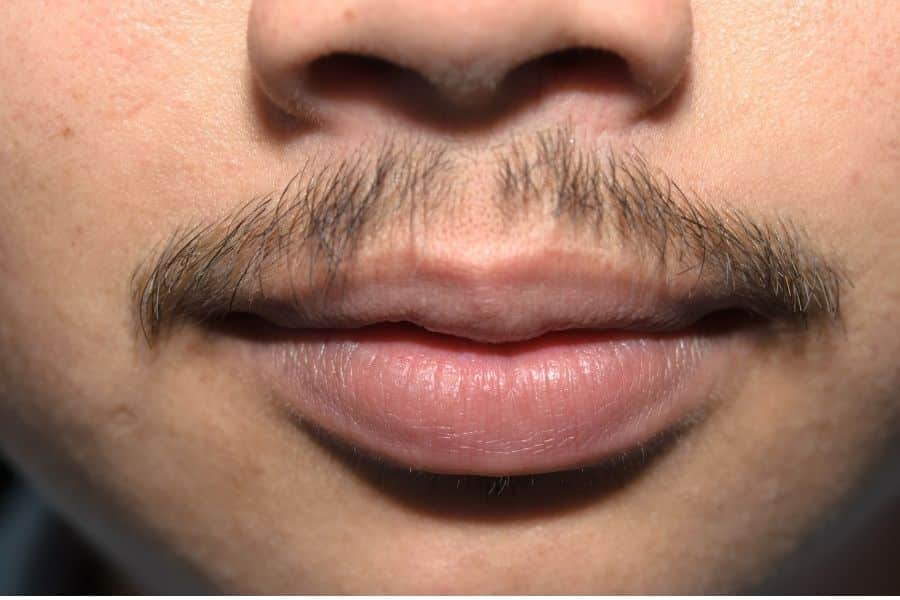
How Is Mustache Transplantation Performed?
Mustache transplantation is done in a similar way to hair transplantation techniques. FUE or DHI method can be used. Before the procedure, the mustache area is sterilized and local anesthesia is applied. Then, as in hair transplantation, hair follicles are collected and deposited one by one in the area where the hair will be transplanted.
For mustache transplantation, the hair follicles taken one by one are then transplanted to the mustache area using special pens or a scalpel during the transplantation process. The transplanted hair follicles are adjusted in directions and angles with a special method and placed meticulously to obtain a natural look.
Mustache transplantation process can take about 2-4 hours and a slight swelling and redness may be seen after the procedure. These symptoms usually subside within a few days. It is important to do careful care after the procedure and the surgeon’s recommendations should be followed. In the first weeks, the mustache area should not be touched and friction should be avoided.
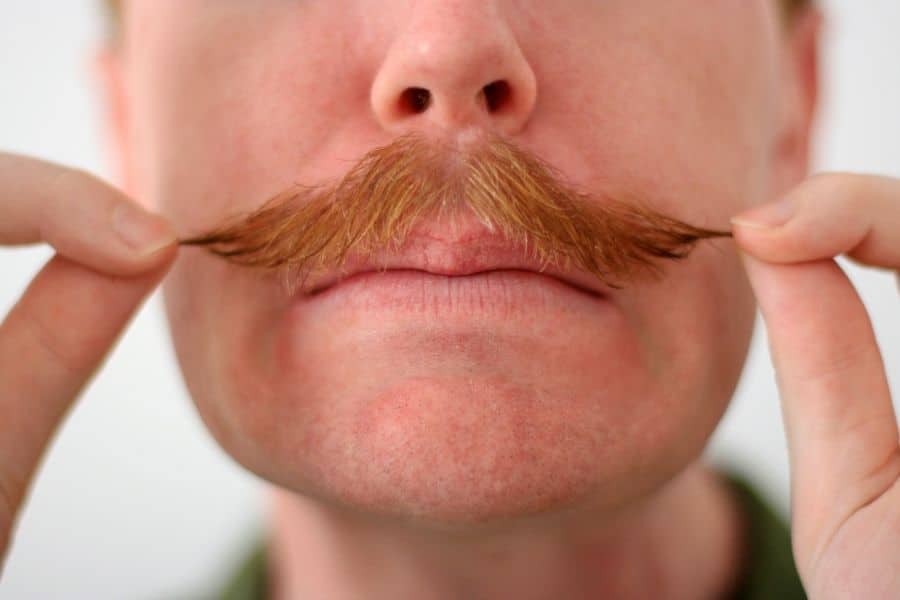
What Is Mustache Transplantation and Who Is It Applied?
Mustache transplantation is a hair transplantation procedure performed to obtain a natural and aesthetic mustache appearance in cases of thinning, reduction or absence in the mustache area. The thinning or reduction of mustache, which is generally seen in men, may require mustache transplantation to obtain a natural mustache appearance suitable for the facial features of the person.
Mustache transplantation can be applied to anyone who has reduced or no mustaches in the mustache area. However, suitable candidates for mustache transplantation are those who have sufficient donor hair and are in good general health for mustache transplantation.
Mustache transplantation is usually performed using hair transplantation techniques such as FUE or DHI. During the procedure, hair follicles are collected one by one and transplanted to the mustache area. Mustache transplantation is usually performed under local anesthesia and takes about 2-4 hours.
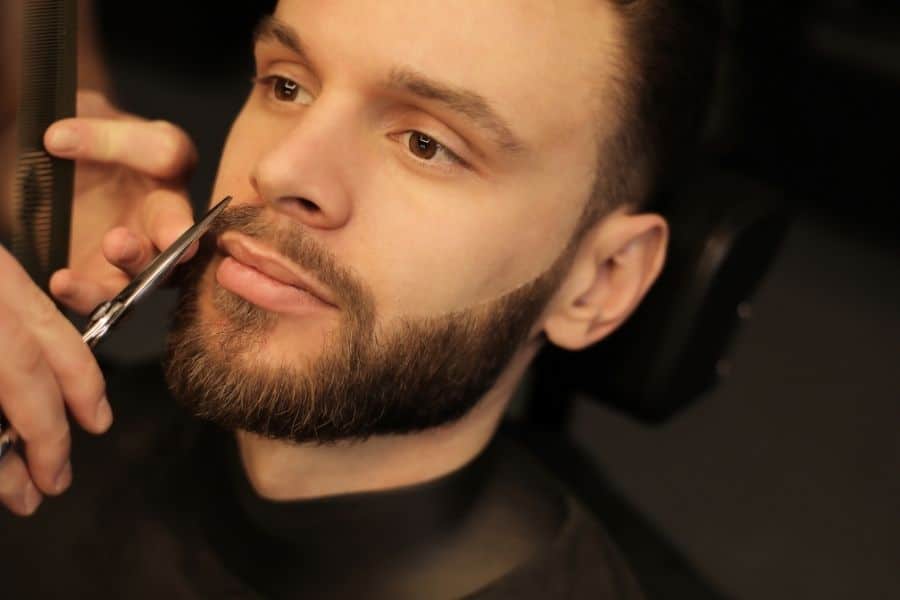
Which Technique Is Mustache Transplantation Performed?
Mustache transplantation can be done using FUE and DHI methods, which are among the techniques used in hair transplantation. Both techniques can be applied successfully, resulting in a natural appearance.
The FUE method is a method in which individual hair follicles are taken. For mustache transplantation, the hair follicles in the mustache area are taken one by one and collected using a small tool specially designed for hair transplantation. The collected hair follicles are then stored in a special solution and prepared for use during the procedure. Then, the hair follicles are placed one by one into the channels opened in the mustache area.
The DHI method, on the other hand, means Direct Hair Implantation, and the collection and transplantation of hair follicles is done at the same time. In this method, hair follicles placed in a special pen are directly transplanted to the mustache area. Since this method does not require grooving, the post-procedure healing process can be faster.
Which method to use depends on the needs and preferences of the surgeon and patient.
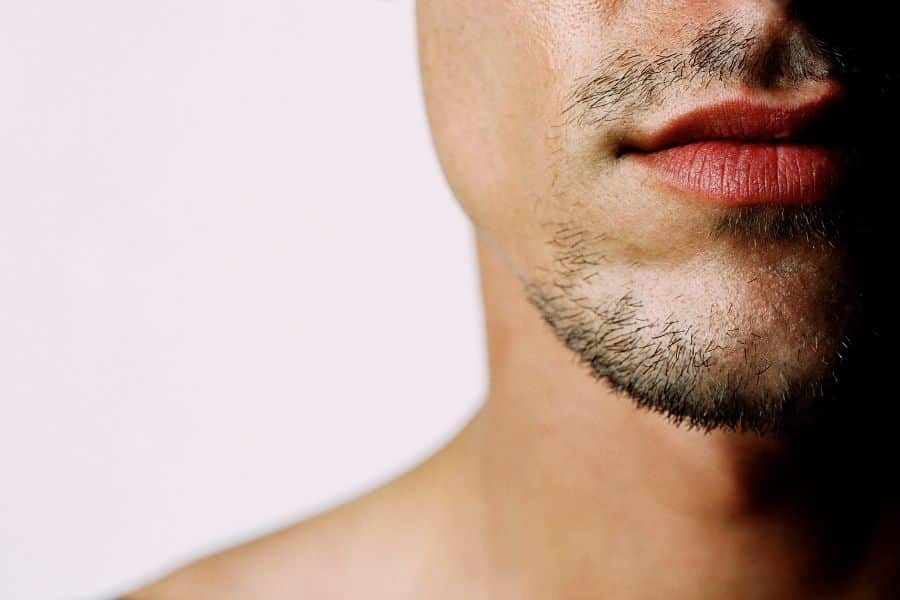
What Should Be Considered Before Mustache Transplantation?
Some issues to be considered before mustache transplantation are as follows:
Hair: During the mustache transplantation process, the hair is shortened so that the hair follicles in the mustache area can be seen more easily. Therefore, hair should be cut short before mustache transplantation.
Smoking and alcohol: Smoking and alcohol consumption should be stopped for at least 1 week before mustache transplantation. These substances can slow down the healing process by affecting circulation in the body.
Medications: Before mustache transplantation, the use of blood thinners such as aspirin should be discontinued at least 1 week before. Also, talk to your surgeon especially about the use of medications that can lower blood pressure.
Nutrition: It is important to pay attention to a healthy diet before mustache transplantation. It is also important to maintain the body’s water balance by drinking plenty of water before the procedure.
Skin care: Mustache area should be clean and dry before the procedure. In addition, sunscreen can be used to protect from the sun before the procedure.
Contact: Before mustache transplant, ask your surgeon if you have any questions or concerns about the procedure. Also, inform your surgeon about all your health conditions before the procedure.
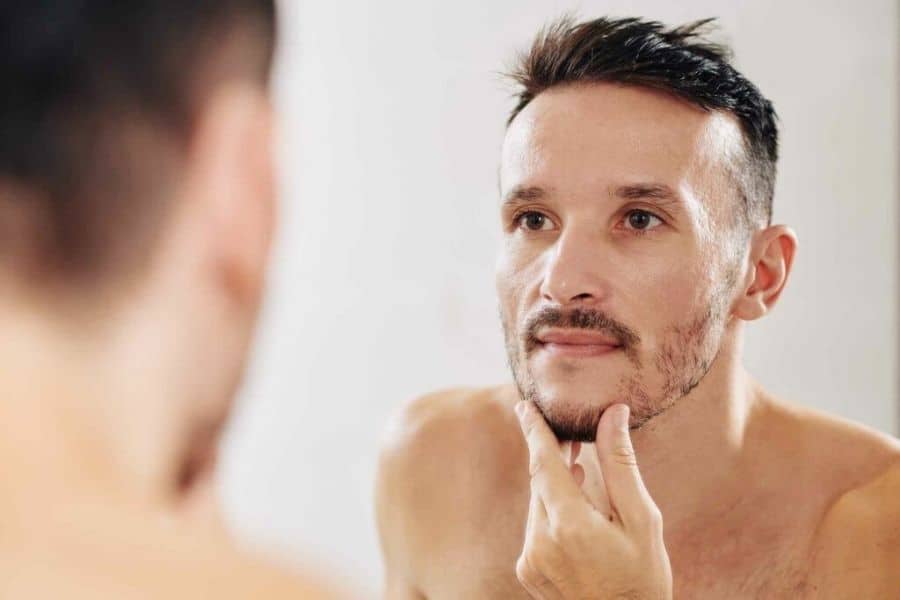
How Many Roots Can Be Planted in Mustache Transplantation?
The number of roots to be planted in mustache transplantation may vary depending on factors such as the density of hair in the mustache area, the shape and size of the mustache, the person’s skin structure and facial features. The number of roots required for mustache transplantation may cover the entire mustache or only certain areas.
Generally, about 500-1000 hair follicles may be required for mustache transplantation. However, this number may vary according to the needs of the person. Your surgeon will evaluate the hair density, thickness and skin characteristics in your mustache area to determine the most suitable root number for you.

What Should Be Considered After Mustache Transplantation?
Some of the issues to be considered after mustache transplantation are as follows:
First 2 days: Mustache area should be kept dry and clean for the first 2 days after the procedure. Water should not touch the area.
First week: In the first week, the mustache area will be sensitive. Therefore, touching the area should be avoided. In addition, heavy exercises should be avoided in the first week after the procedure.
Medications: Painkillers and antibiotics given after the procedure should be used according to the instructions.
Nutrition: During the healing process, a healthy diet should be considered. Foods rich in vitamins and minerals should be preferred.
Sun protection: It is important to be protected from the sun for at least 2 weeks after mustache transplantation. Direct sunlight or UV rays should not touch the area.
Smoking and alcohol: Smoking and alcohol consumption should be stopped for at least 1 week after the procedure. These substances can slow down the healing process by affecting circulation in the body.
Sleeping position: For the first few days, it is recommended to keep the head in a high position to avoid putting pressure on the mustache area.
Follow-up appointments: Follow-up appointments determined by your surgeon must be strictly followed.
Communication: If you have any problems or concerns during the healing process, be sure to consult your surgeon.

How Long Does the Mustache Transplantation Process and Effect Last?
Mustache transplantation takes approximately 2-4 hours. The procedure is usually performed under local anesthesia and there is no pain or discomfort. Depending on the size of the area to be planted and the need, the number of roots to be planted may vary.
After the mustache transplantation, the newly planted hair follicles settle in the recipient area within 2-3 weeks and the healing process begins. After 3-6 months, the hair starts to grow slowly. Full results are seen between 12-18 months. During this period, newly planted mustaches will gain a natural appearance and will become compatible with the existing mustache tissue.
The transplanted mustache roots may fall out according to the natural hair cycle, but they are usually permanent. The permanence of the transplanted mustache roots can be increased with the correct procedure and proper care.
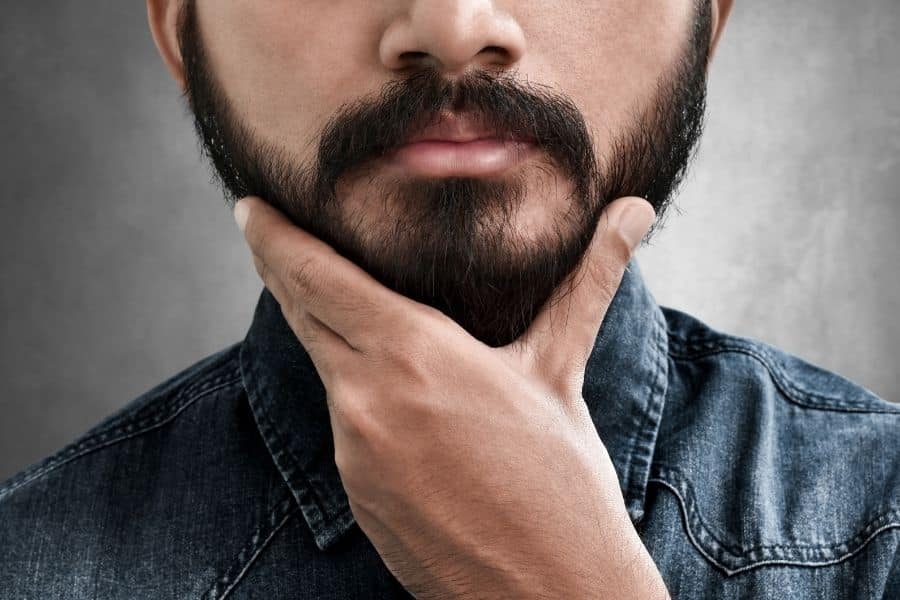
Mustache Transplant Prices 2023
Mustache transplant prices may vary depending on the size of the area to be transplanted, the number of roots needed, the technology used and the experience of the preferred clinic or doctor. Therefore, it is not possible to give an exact price.
But in general, mustache transplant prices are lower compared to other hair transplant methods because it covers a smaller area. On average, mustache transplant prices in Turkey can vary between 1,500 and 4,000 TL. However, these prices may be different in countries abroad.
However, besides the prices, factors such as the preferred clinic or doctor’s experience and the quality of the equipment used during the procedure are also important. Therefore, before having a mustache transplant, it is important to compare the prices and service quality of different doctors and clinics.



